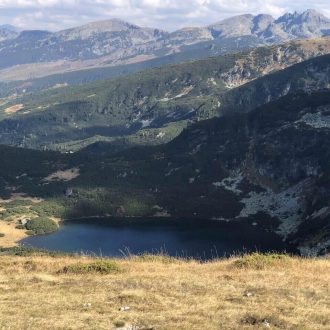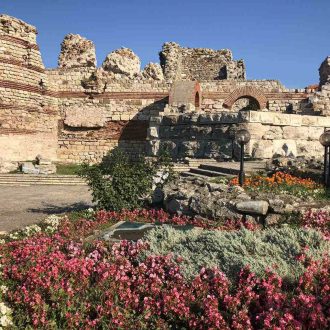Step into the Medieval Bulgarian capital of Veliko Tarnovo
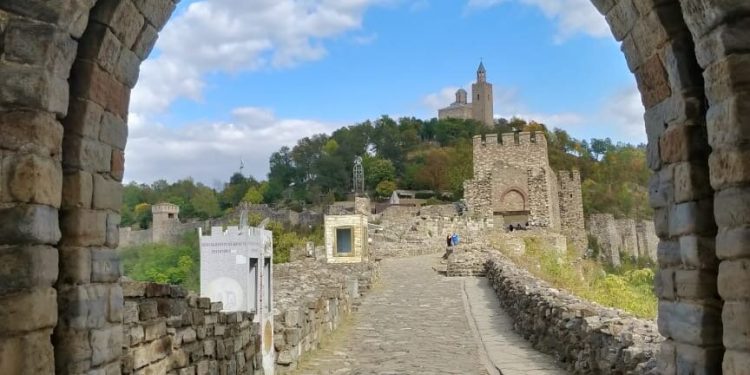
“I was born in Veliko Tarnovo Bulgaria and I lived here for twenty years. I love this historic town. You can feel the spirit of the past, Veliko Tarnovo is famous for the Tsarevets fortress built on the hill, All of us here have worked as volunteers to rebuild and restore the fortress. I remember when I was a little child, I used to play here amidst these stones and bricks while my mother used to volunteer here during the weekends. So many children used to come here too and my childhood is connected to the fortress. ”
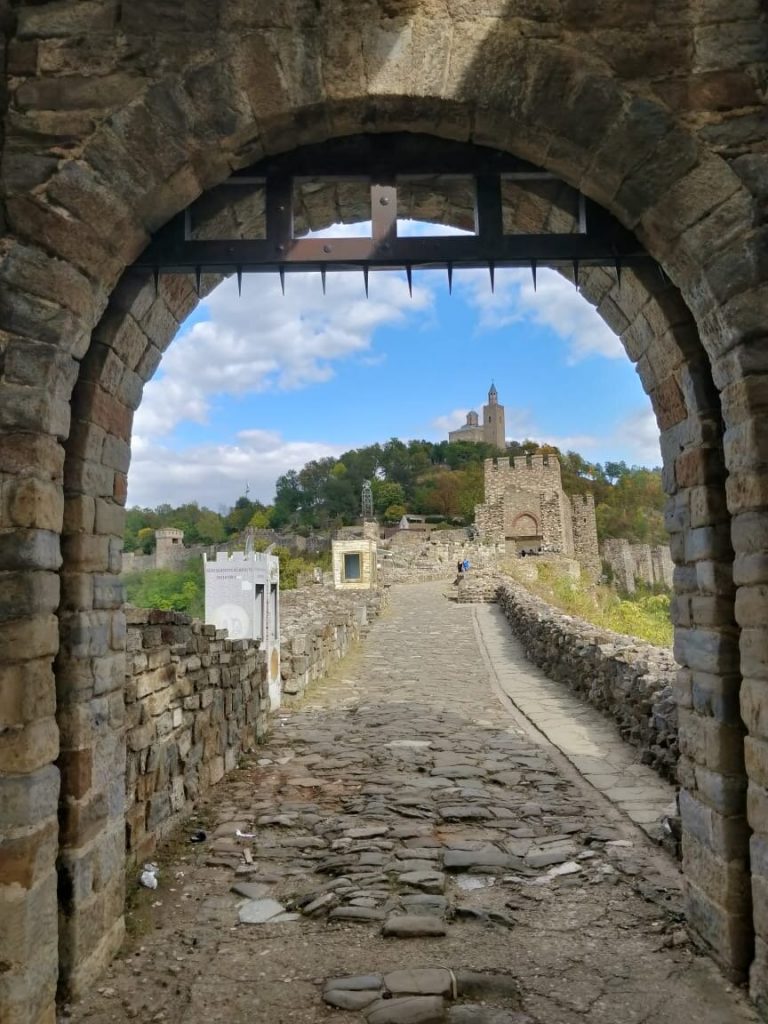
We are at the entrance of the formidable Tsarevets fortress that virtually dominates the entire skyline of Veliko Tarnovo Bulgaria, perched at a height of 675 feet above sea level. Sharath and I are on a tour of the ancient town as Ralitza recounts her childhood connection with the town. The historic city which was called “the City of the Tsars” is a picturesque town, located on the Yantra River and is built on the three hills – Tsarevets where the fortress stands and Trapezitsa and Sveta Gora.

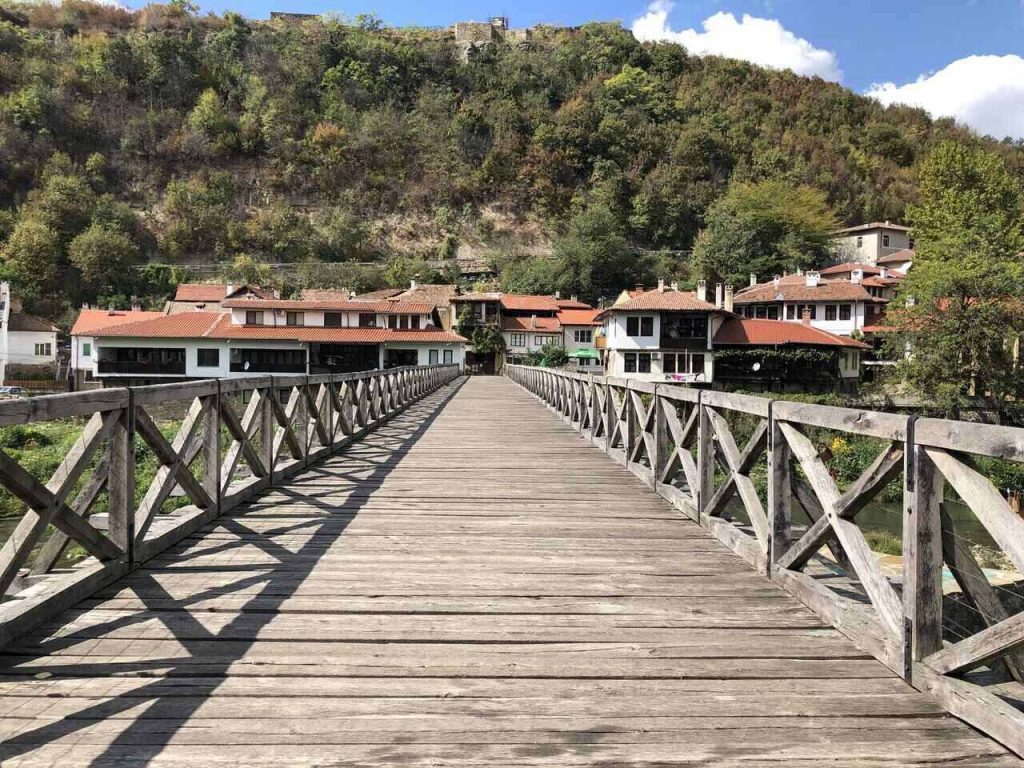
Old bridges dot the town which has an ageless feel to it. There is an aura of quaint charm and timelessness about Veliko Tarnovo Bulgaria. The town that used to be referred to as the “Third Rome” in medieval times has over five millennia of history and it is believed that there has been evidence of human settlement as old as 3000 BC in the Trapezitsa Hill.


But Veliko Tarnovo, then known as Tarnovgrad was a bastion of the First Bulgarian Empire and later the capital of the Second Bulgarian Empire in the Medieval Era when it became a force to reckon with. In the ..century, two brothers Asen and Peter led an uprising to liberate Bulgaria from Byzantine rule. They founded the Second Bulgarian Kingdom and made Veliko Tarnovo or as the capital.
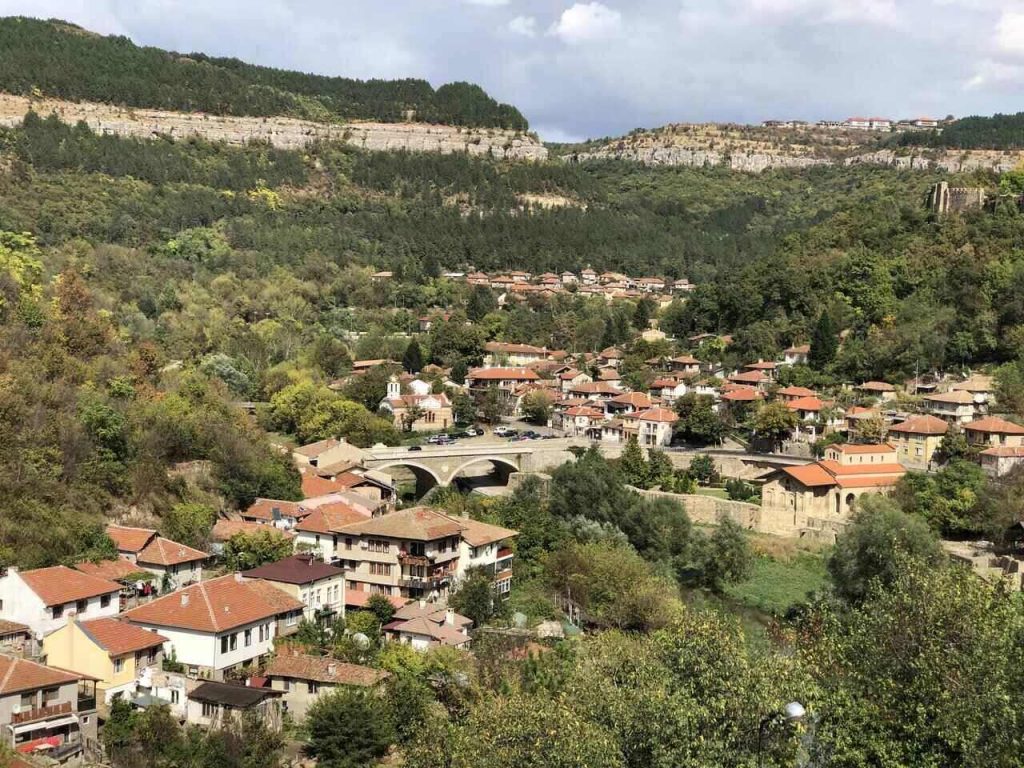
The centerpiece of the town, however, is the towering Tsarevets fortress which houses the royal palaces of Bulgarian kings and the Patriarchal Cathedral, among other churches, monuments, and residences of the nobility who lived here eons ago. There were also buildings which were probably workshops conducted by craftsmen that have been excavated as well. In addition to the medieval towers where prisoners were imprisoned, there was an Execution Rock – a rocky outcrop overlooking the river from where traitors were flung to death.

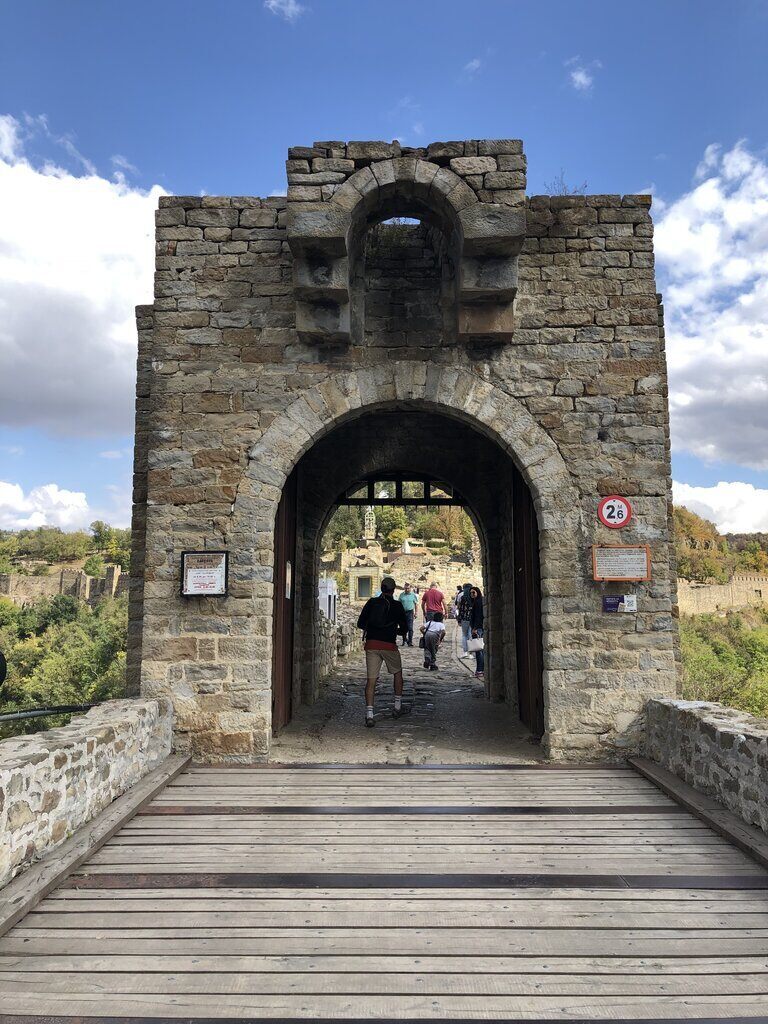
The 12th-century Tsarevets fortress had a stronghold on the entire Bulgarian Empire during the medieval era until the 14th century, when the Ottomans dynasty began. Our guide, Nicole joins us as I am told that there are over 400 houses, 22 churches, four monasteries, two towers here besides the formidable fortress..Nicole gives us a quick history class.
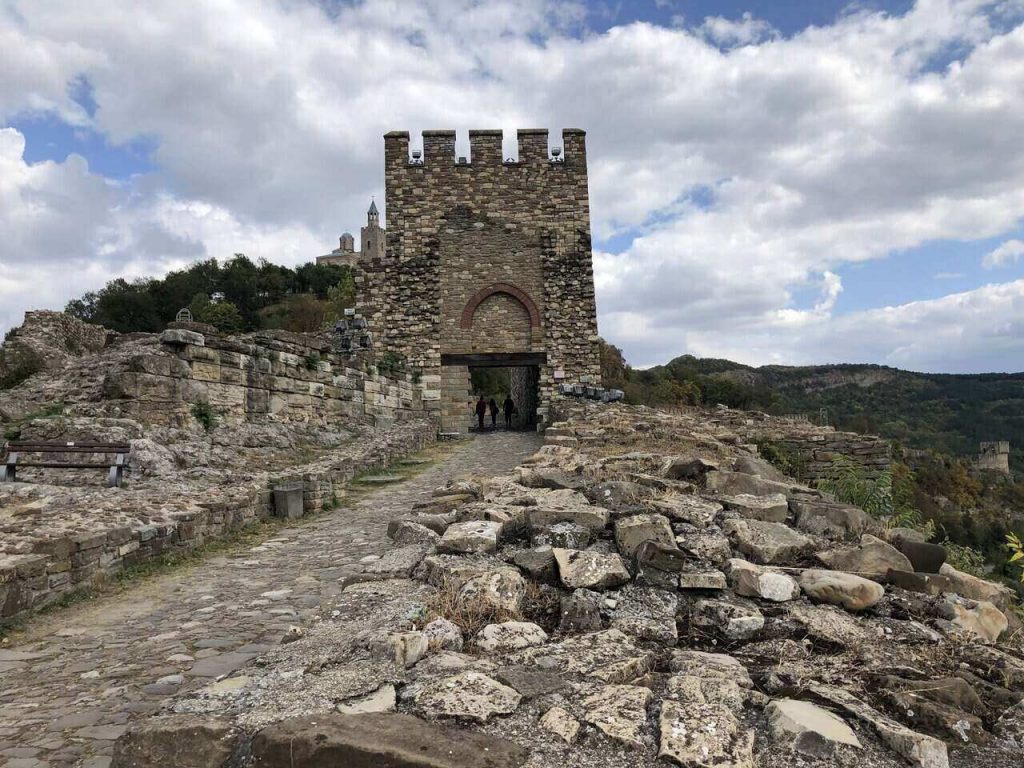
The first fortress was built by the Byzantine kings in the 4th century at Tsarevets although the Thracians and the Romans had also built settlements here. It was rebuilt again by different dynasties from the Slavs to the Bulgars and then by the Byzantine kings and it was eventually a formidable fortress as the seat of the Bulgarian Tsars in the Medieval times. Although the Ottomans demolished it, the reconstruction began in the present century in 1930 and went on till 1981, to celebrate the 1300 anniversary of the formation of the Bulgarian State. And this is where Raliza and many other families worked in rebuilding the fortress.

There are three entrances to the fortress. As we enter through the main portal which has a drawbridge, I stop by to take in the view. Surrounded by 3000 feet of thick walls which are over 12 metres thick, the castle complex is girdled by another layer of fortified walls and is spread over an area of 50,000 sq feet. The palace where 22 successive kings ruled includes the royal chambers, the royal church, and the throne room among others.
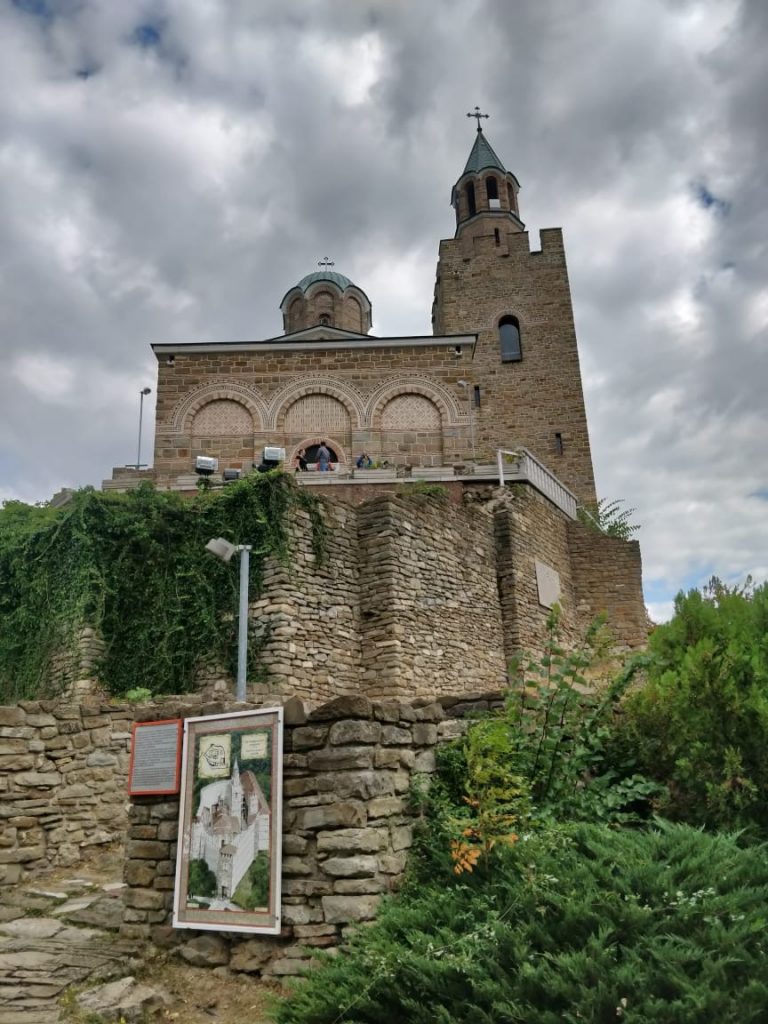
Atop the hill is the Patriarchate, where the Cathedral of the Ascension of the Lord stands amidst the ruins of the Roman Basilica. The frescos here are breathtaking, and they represent historic moments of the Second Bulgarian Empire besides several Biblical scenes and stories. While the facade of the Orthodox Cathedral retains the original architectural pattern, the frescos have a striking modernist style and stand out.
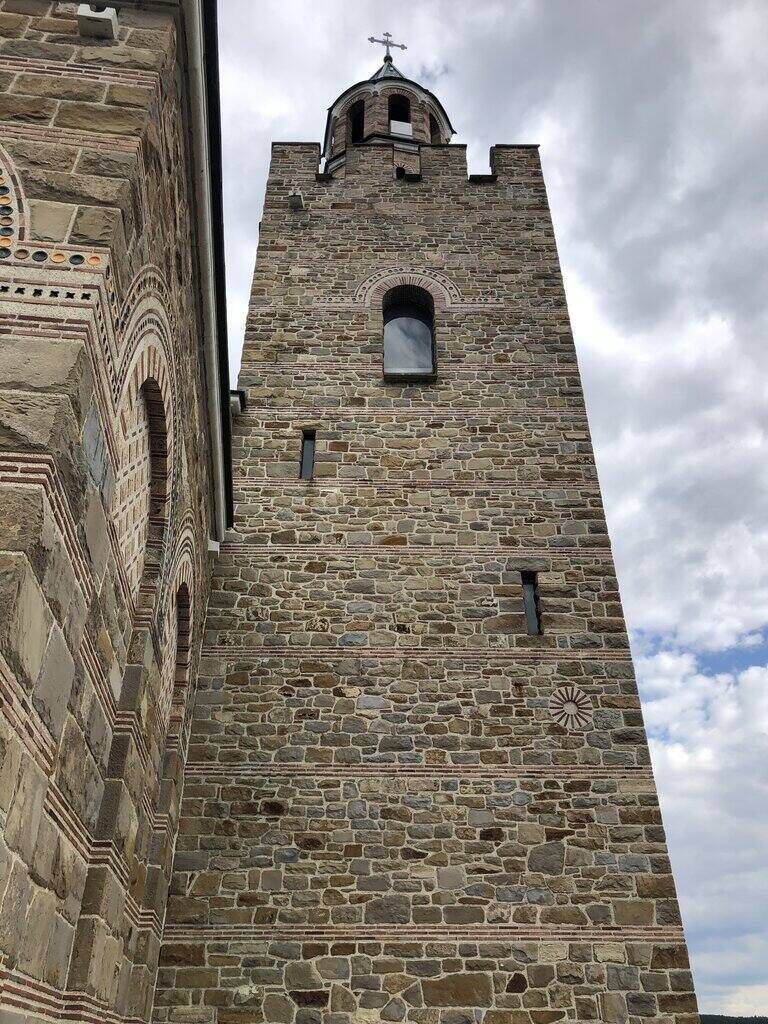
The story goes that during the reconstruction in the previous century, the artist repainted the walls and gave it a present contemporary look. The church has hence not been consecrated since then and is only sought by tourists who visit to get a glimpse of the frescos.
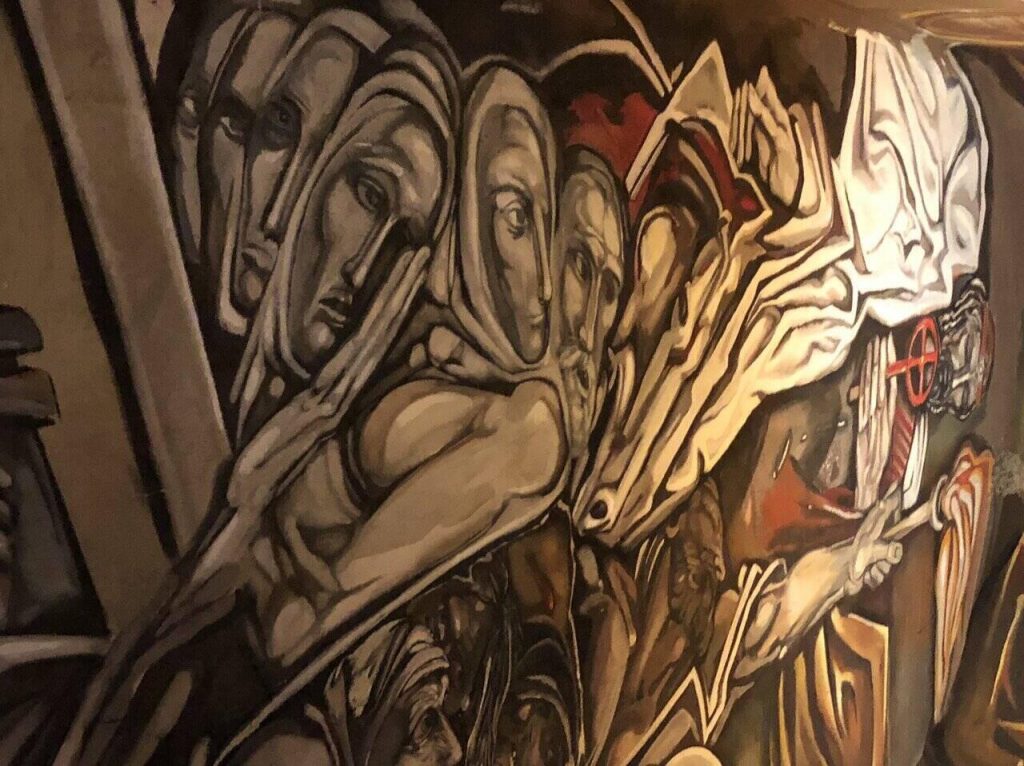
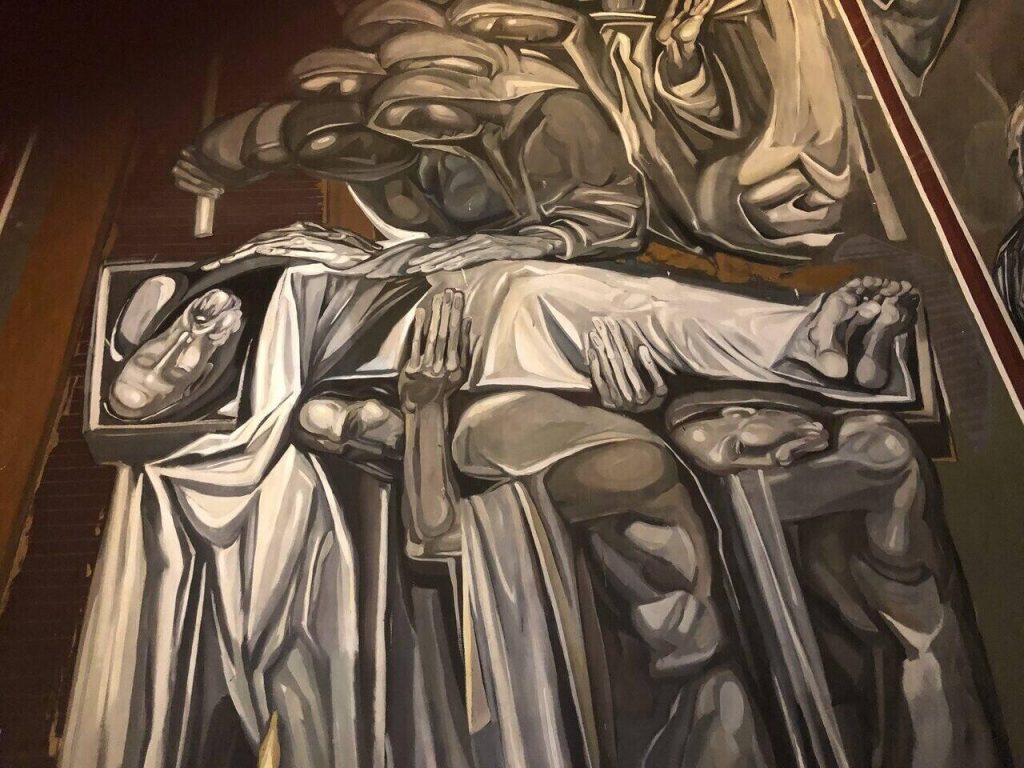
The frescos are not historic but they have been recreated with a modern touch. And each fresco has a story to tell. And no visit to Tsarevets Fortress is complete without an artistic tour.
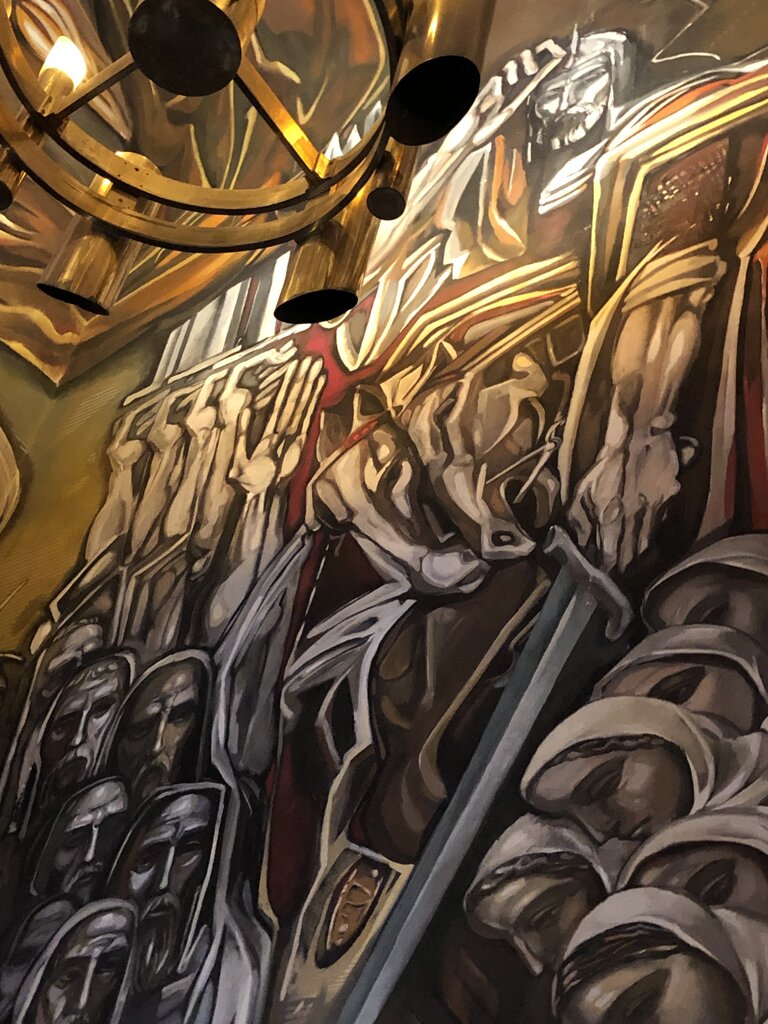
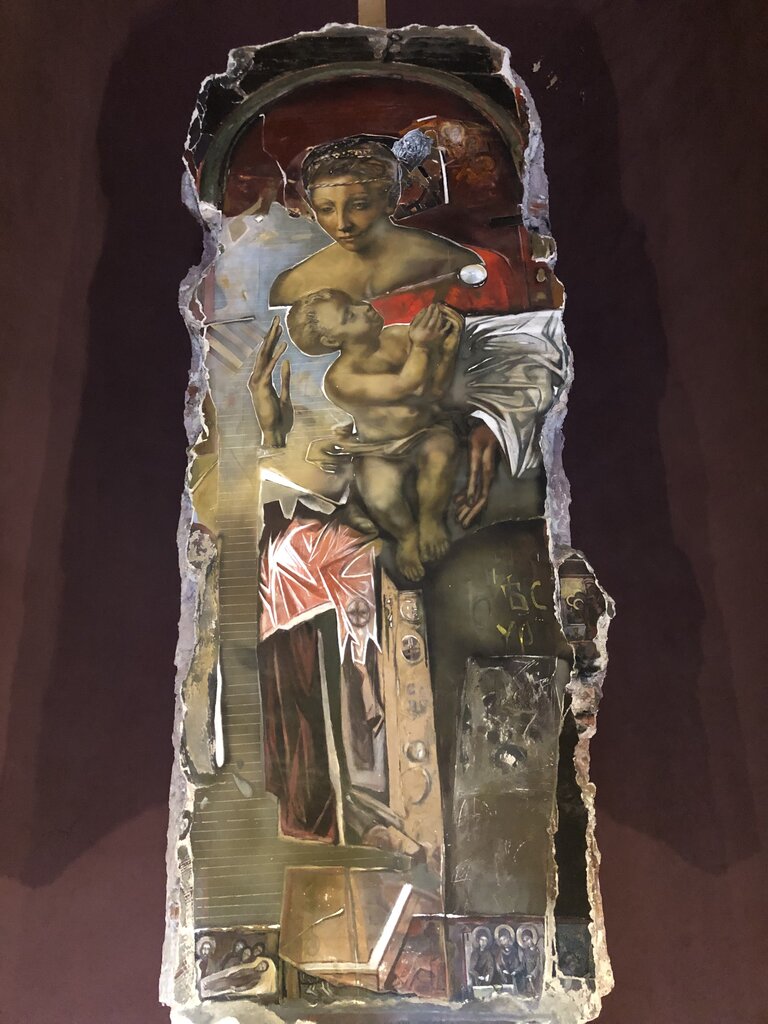
It is almost afternoon but the dark clouds start giving it an ominous feel. We walk around, taking in the numerous churches, monasteries, residences, workshops, and towers among other monuments, some of them still in ruins. Among many towers, the Baldwin Tower named after the prisoner stands right atop the hull. This is where Baldwin 1, Emperor of Constantinople and Count of Flanders, who fought against the Empire was imprisoned and finally executed as well. Nicole recommends the Sound and Light Show in the Castle for a more dramatic experience of Bulgarian history.
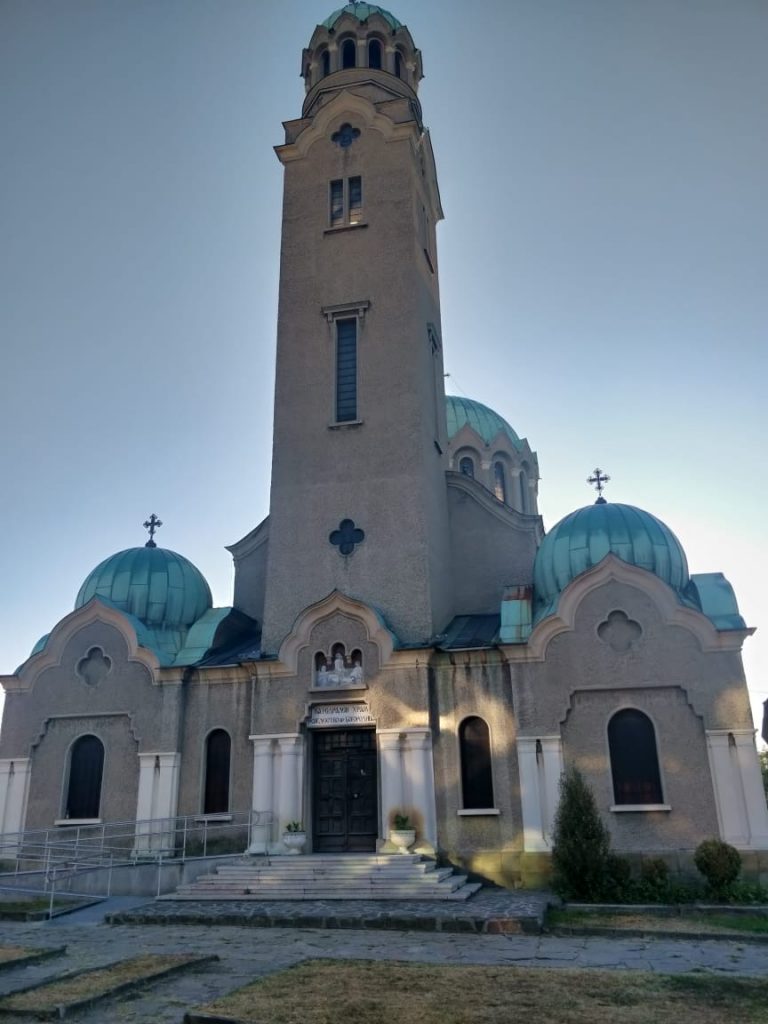
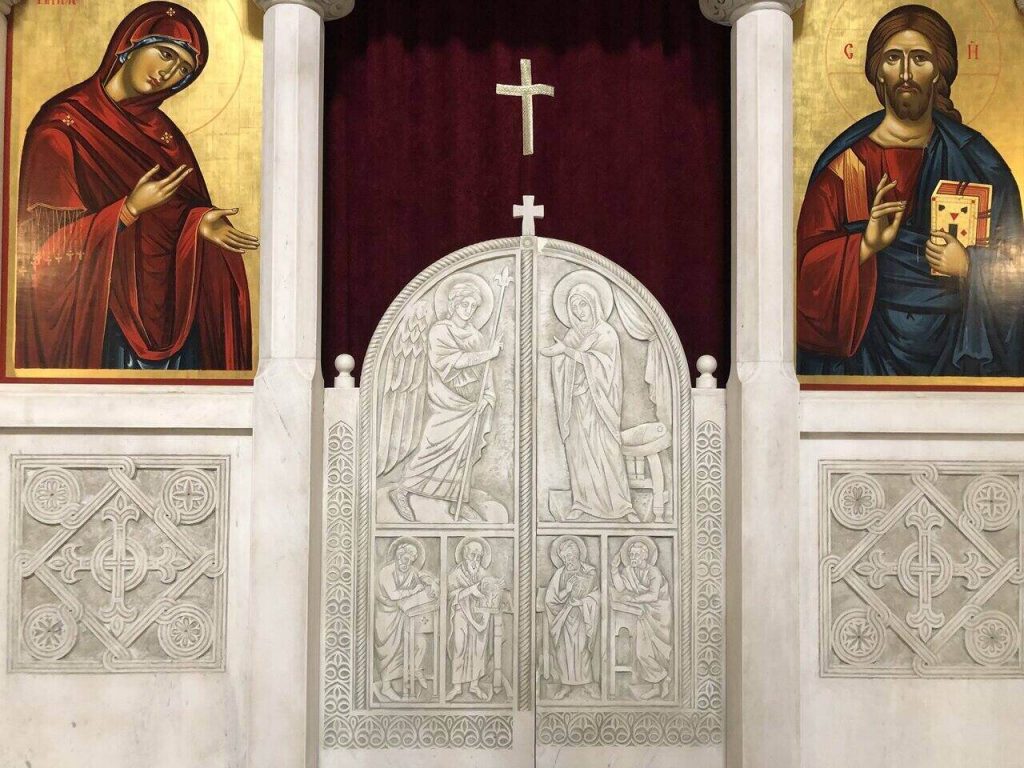
The Tsarevets is not the only place to see in Veliko Tarnovo. There are several churches here and the most iconic among them is the Holy Forty Martyrs Church. The church, built in the 12th century was commissioned by the Bulgarian Ruler Ivan Assen 11 to celebrate his victory in a battle. The Eastern Orthodox Church was built as a tribute to the Holy Forty Martyrs of Sebaste as the battle was fought on the day of the feast. In the Medieval Era, it was eventually destroyed during the Ottoman reign.
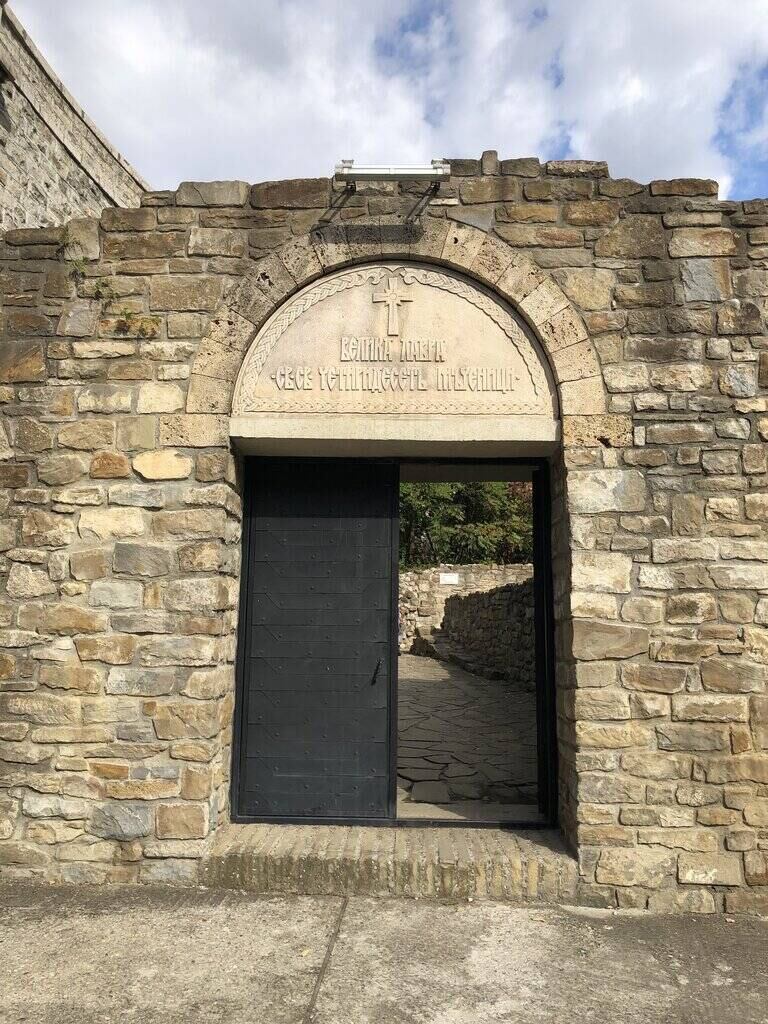
It is believed that this is the church from where Prince Ferdinand I proclaimed the independence of Bulgaria from the Ottoman Empire in 1908. The church was badly damaged in an earthquake in 1913 but was restored in recent years.
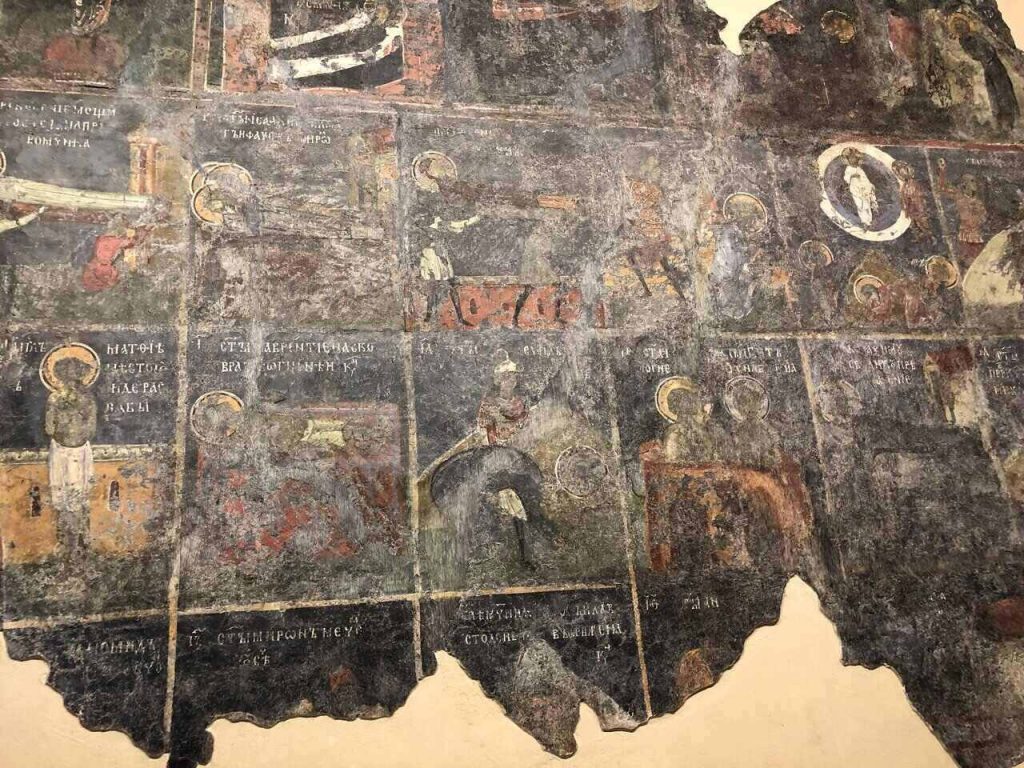
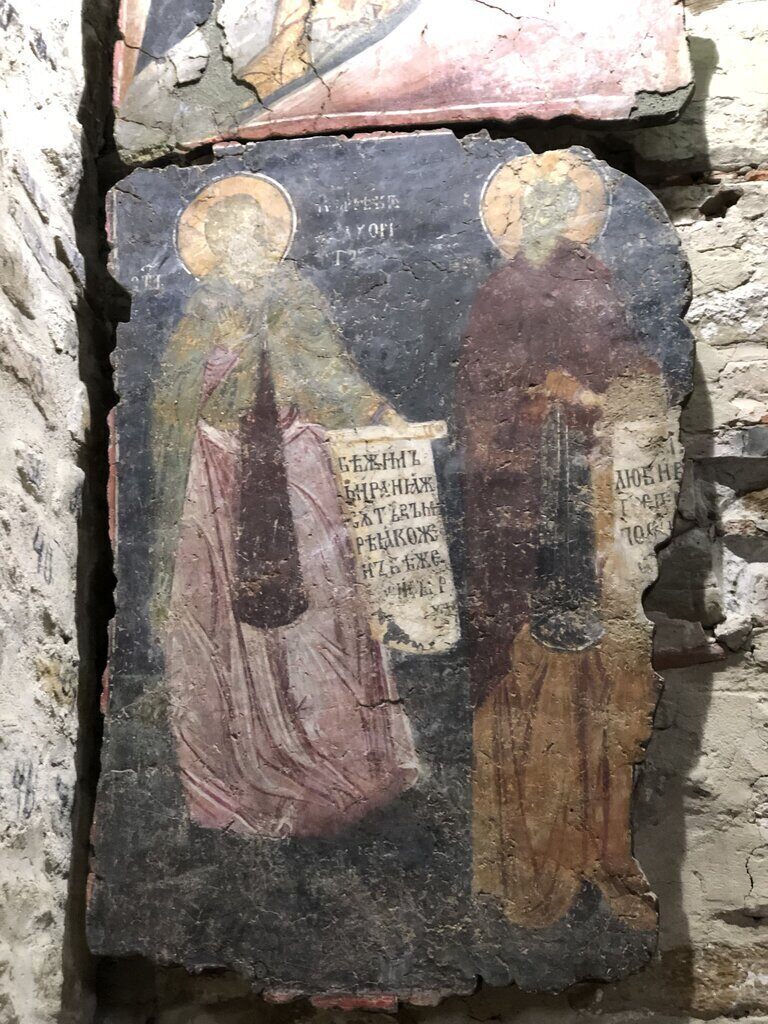
Besides the murals, the church has several historic records as well in Veliko Tarnovo Bulgaria. Other churches here include Church of St Demetrius of Thessaloniki, Church of Saints Peter and Paul, Church of Saint George, Church of Saint Nikolay and Church of Saints Constantine and Helena.
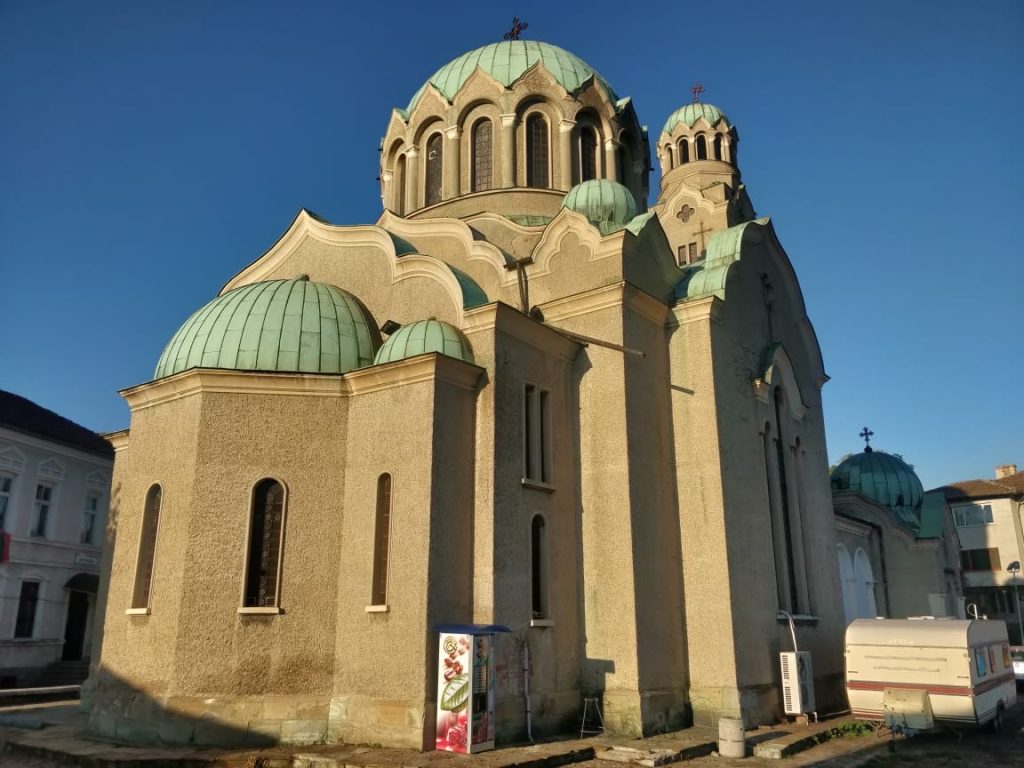
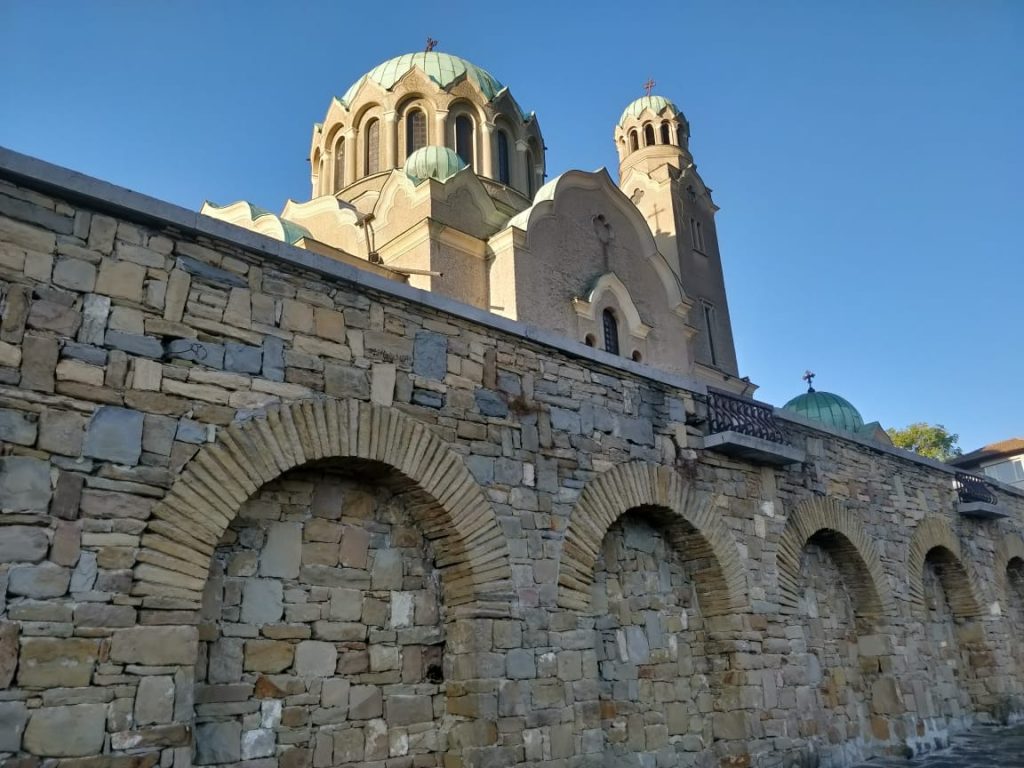
Another symbol of the Veliko Tarnovo is The Asenevtsi Monument, also called Asen’s Monument which was built in 1985 commemorating the 800 year anniversary of Bulgaria’s liberation from the Byzantine Empire, It features the Bulgarian Tsars, Ivan Assen, Theodor-Petar and is nicknamed “The Horsemen Statue.” The Old Town even has several walls which have street art painted all over them
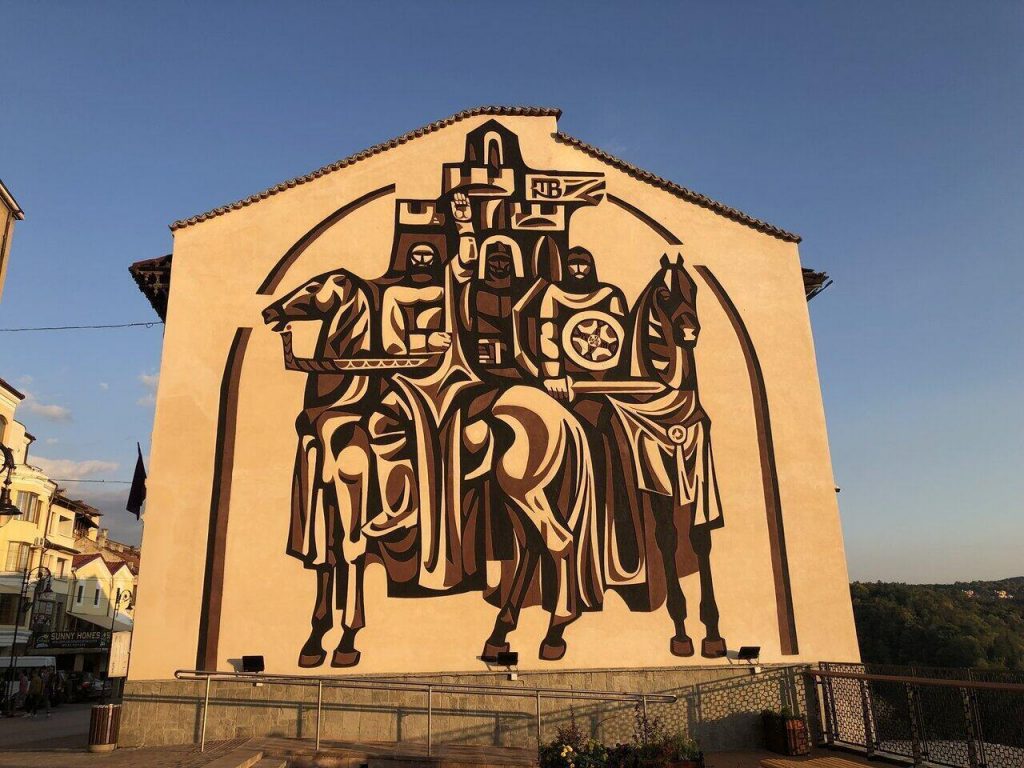
The Tsars founded the Second Bulgarian Empire and established the city. You can climb the steps and head to the top of the monument to appreciate the views of the city. Very often you can see students sketching the monument or the views here. Veliko Tarnovo Bulgaria is also full of old bridges and you can visit the Stambolov Bridge and from there access the monument on foot. There is even a Sky Walk that showcases panoramic views of the city.
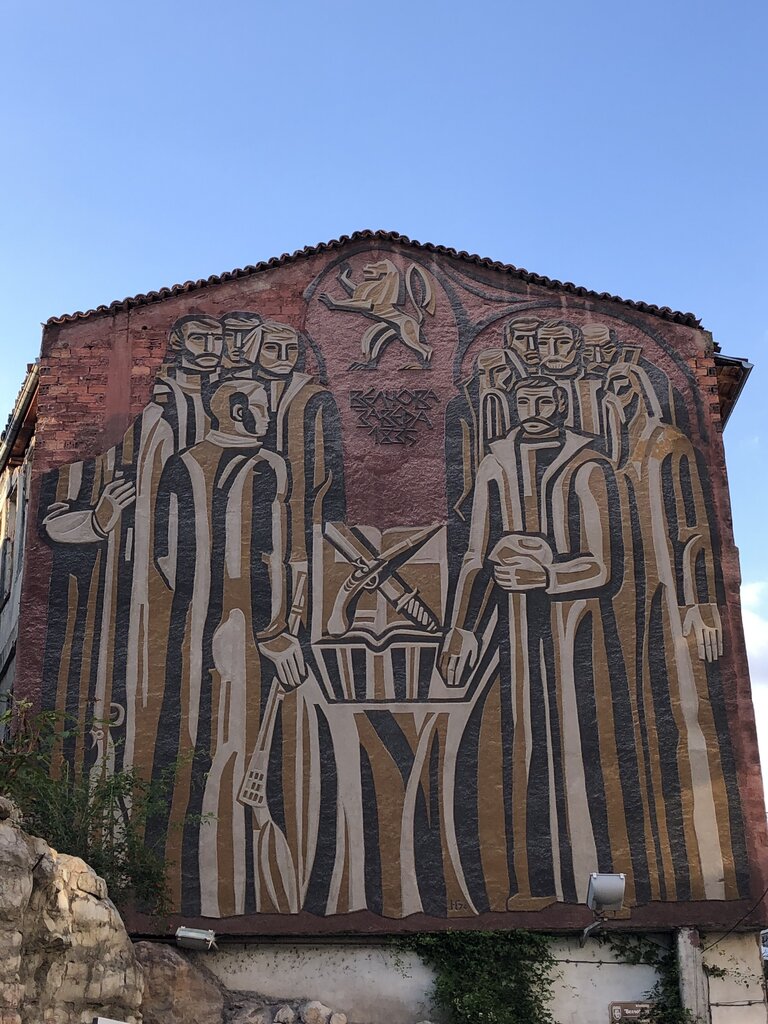
Veliko Tarnovo Bulgaria has several museums here as well and the Archaeological Museum has a fascinating display of history from the prehistoric era to the medieval times when it reached its peak. Another unique museum is the Hadji Nikoli Inn Museum, which was the home of Hadji Nikoli, a 19th-century craftsman which was later converted into an inn.
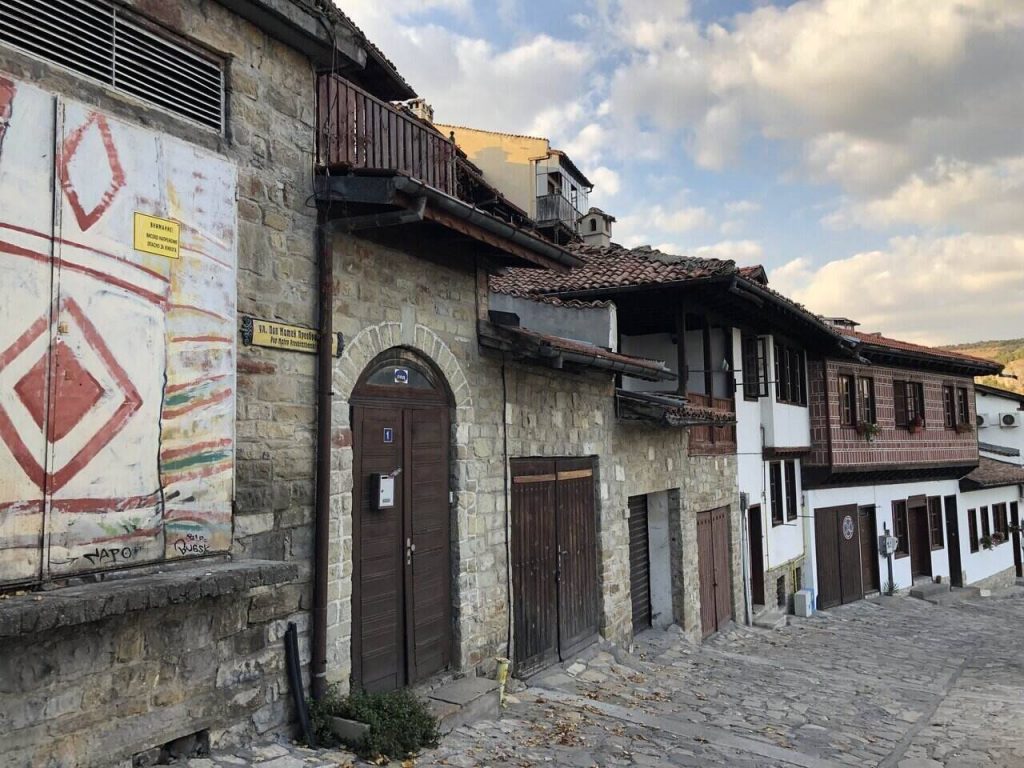
You can even have a quick meal here, which is one of the last surviving inns in the town, and then head to the gallery to see works of Bulgarian artists. There are several other museums and monuments, but I would rather love to stroll around the Old Town and Rakovski Street, also referred to as Samovodskata Charshia.
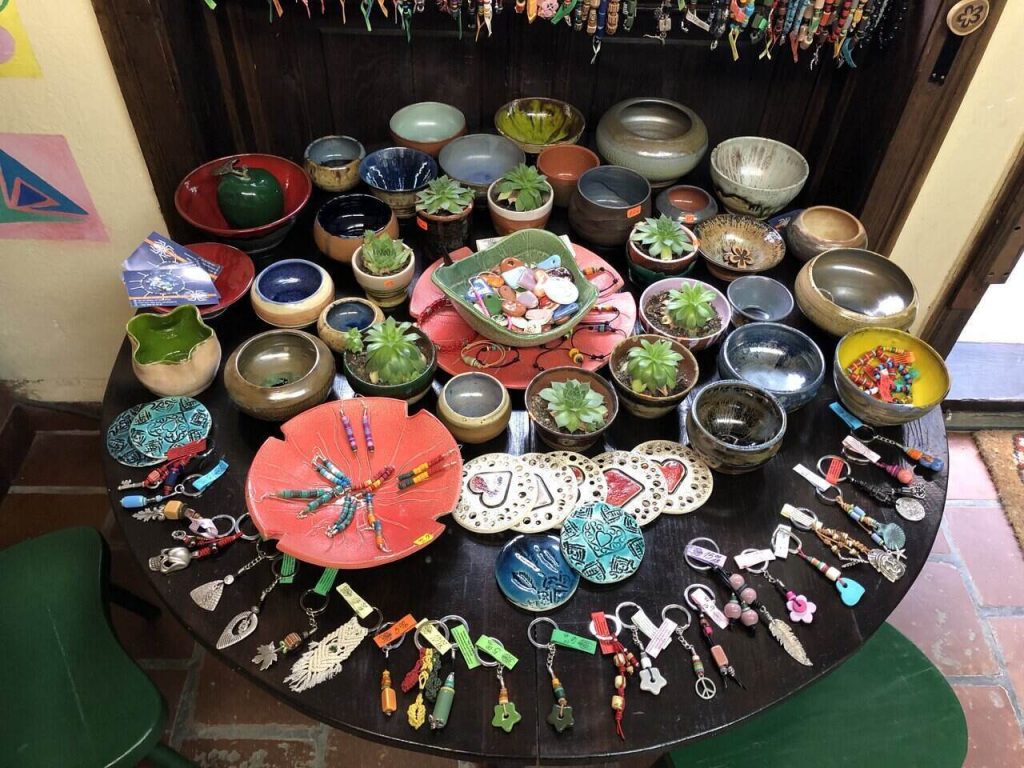
In the 19th century, farmers and artisans from the village of Samovodene used to come here to sell their goods. There are still some quaint monuments, which were restored during the Bulgarian National Revival Period and this road is referred to as Crafts Street. Some of the shops offer workshops where you can see people carving masks or knives, pottery, or even wood carvings and there are a few souvenir shops as well.


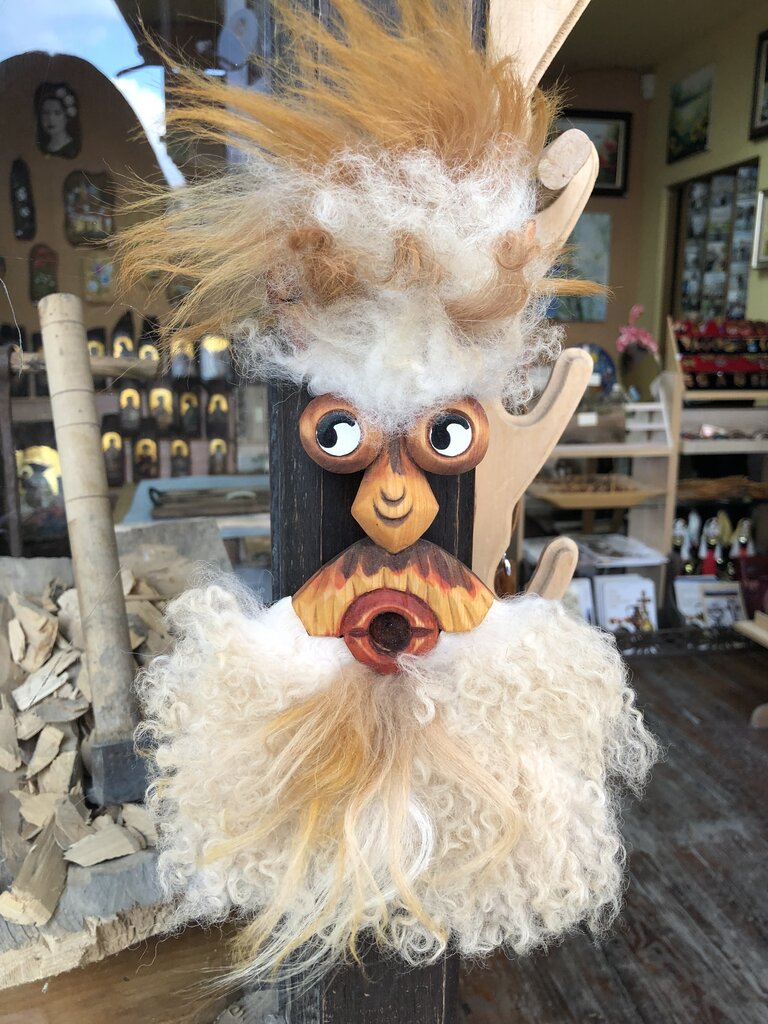
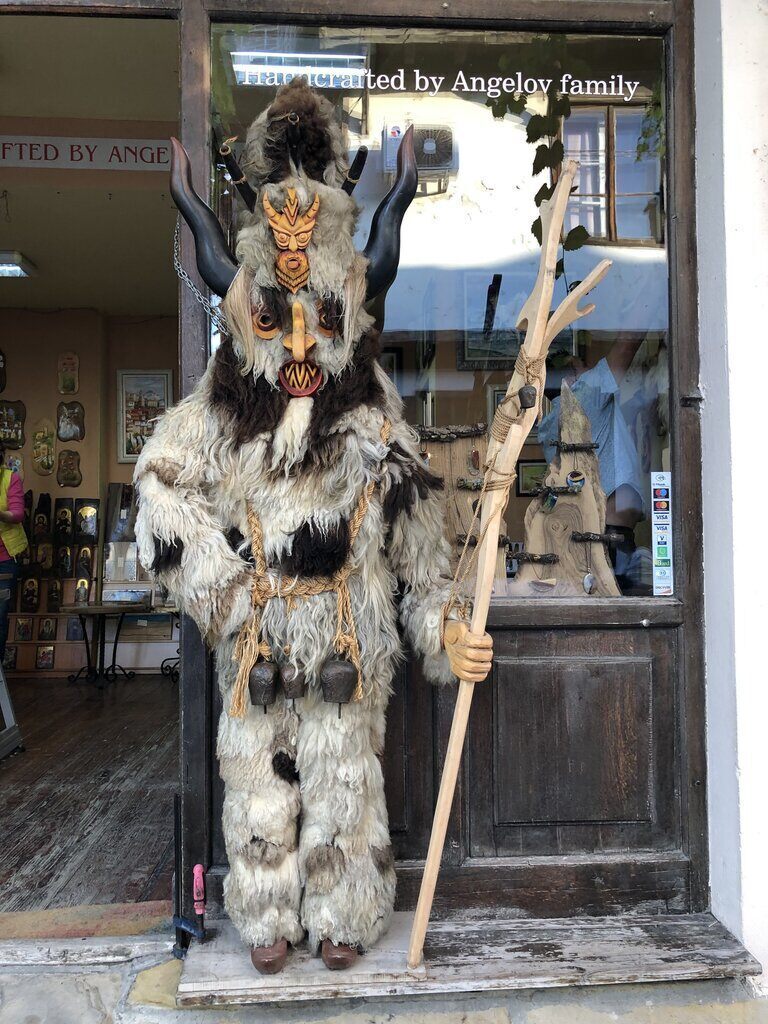
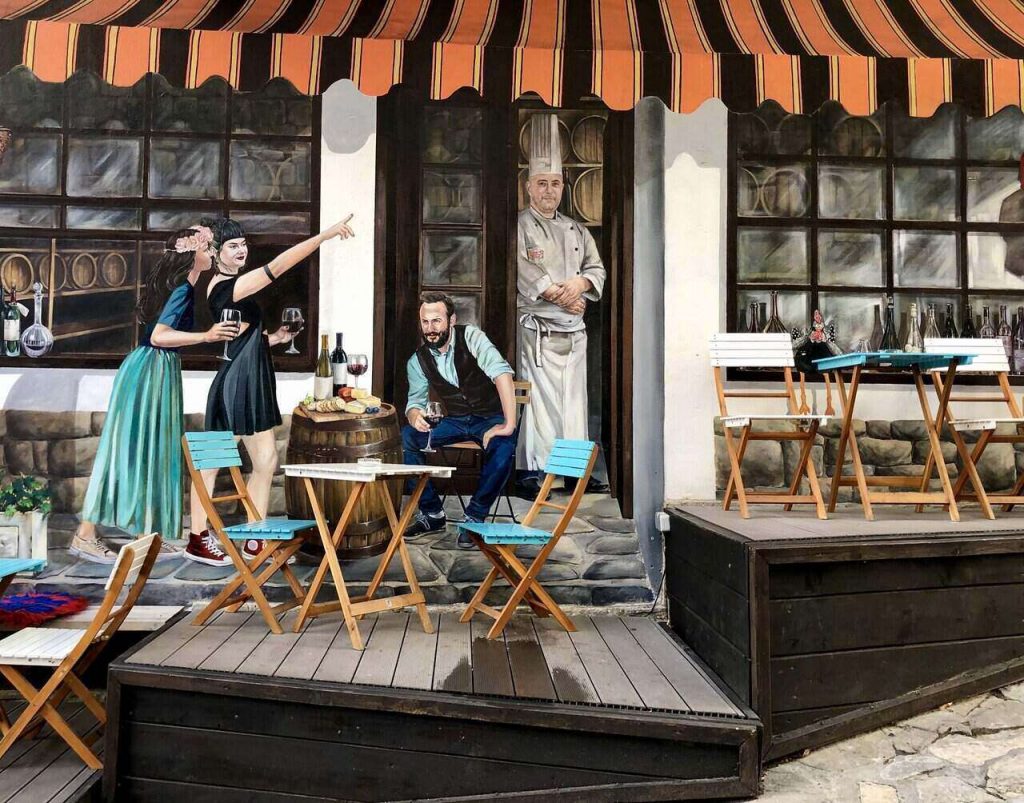
Gurko Street is another picturesque neighborhood with a maze of lanes and charming houses and picturesque views. Veliko Tarnovo is a treasure house of architectural heritage and the architecture can be traced from the Middle Ages to the Renaissance to the Socialist Era. There are several houses that have been restored today but built in the styles of Revival Renaissance and Baroque Romanticism as well. There is a Free Walking Tour in the town which gives you a glimpse of the historical and the architectural heritage of Veliko Tarnovo.
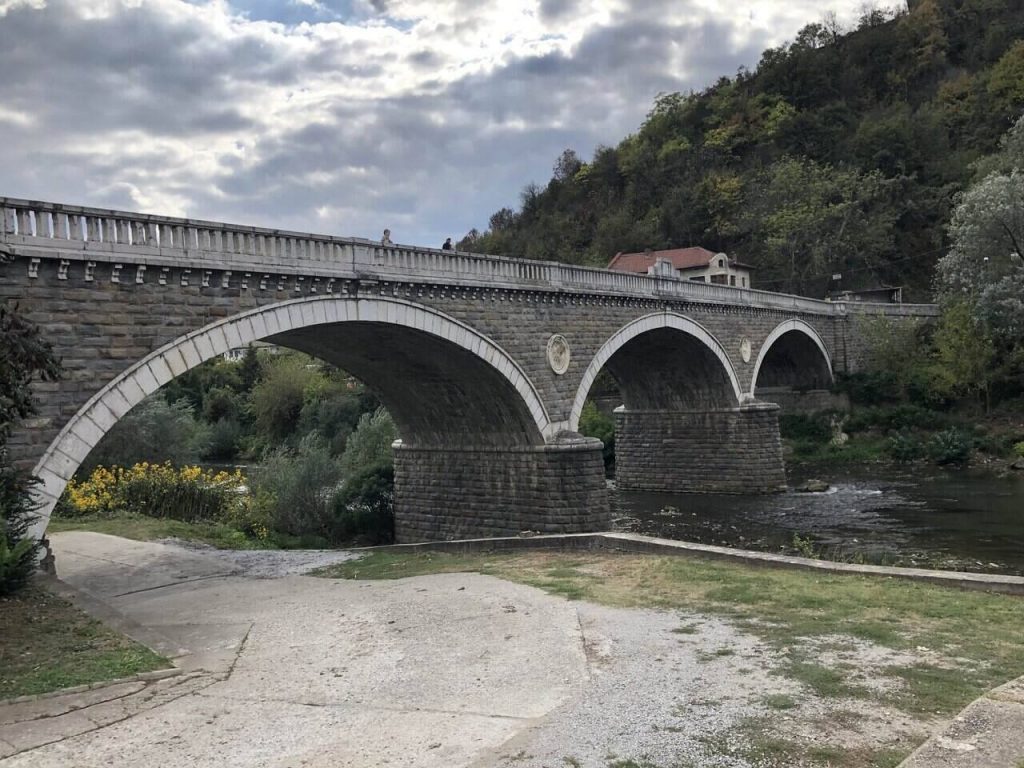
I wish I had spent more time in Veliko Tarnovo Bulgaria but there were so many places to see around the city. On the following day, we explored the Transfiguration Monastery which was located in the Dervent Gorge of Yantra River, about 7 km from Veliko Tarnovo. Built in the 11th century, it was believed to have been built by Tsar Ivan Alexander and was patronised by his wife Sarah Theodora and hence it was also referred to as Sarah’s Monastery. The monastery was initially a cloister and was destroyed during the Ottoman Rule.
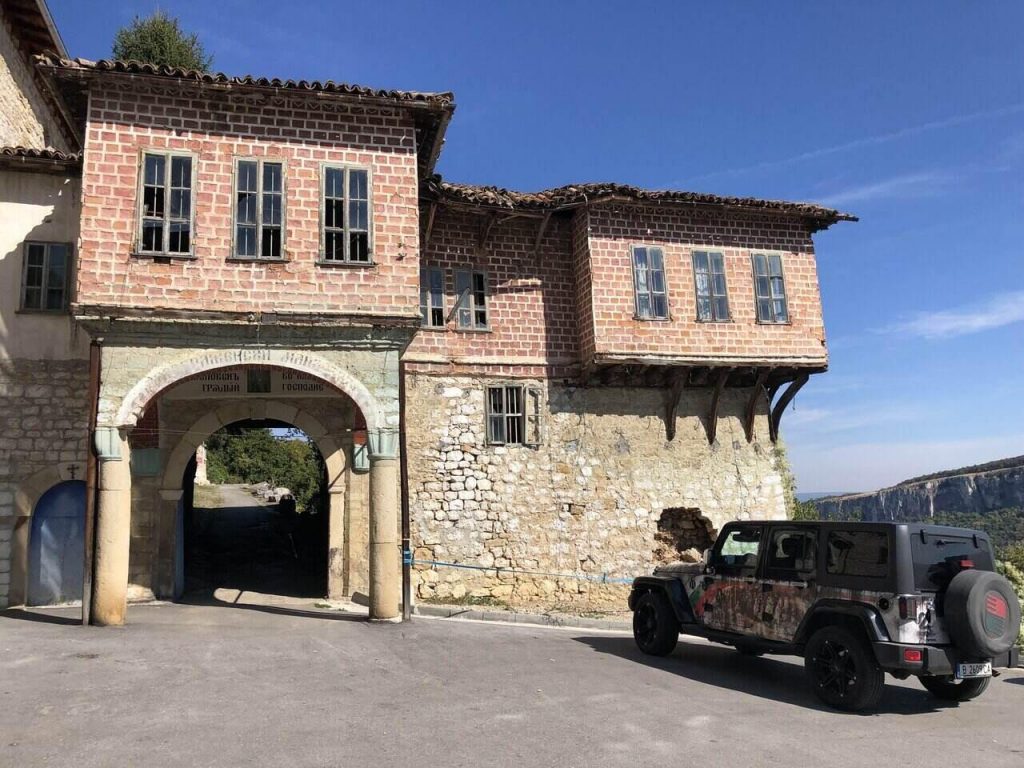
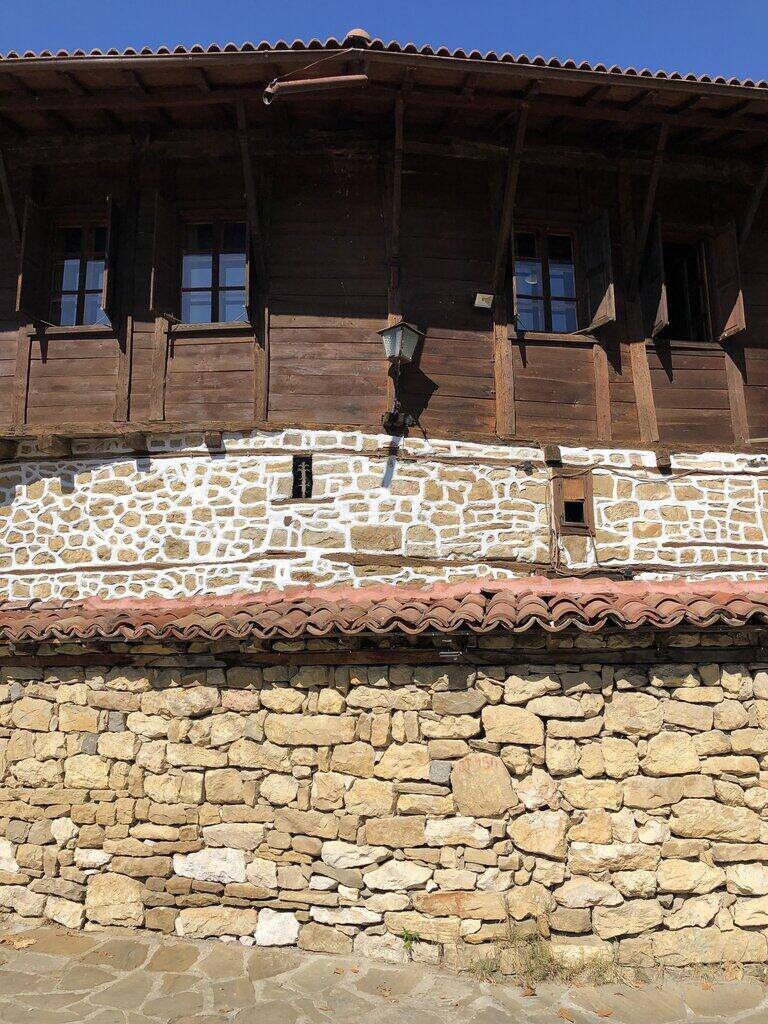
In the 19th century, it was however restored with donations under the aegis of Rila Monastery and it also had some support from monasteries from Russia. Rebuilt in the Bulgarian Revival style by architect Koylu Ficheto, it had paintings by artist Zahari Zograf. Some of the famous paintings here include the magnificent Wheel of Life, Last Judgement, Last Supper, and Birth of the Mother of God. There is even a self-portrait as well.
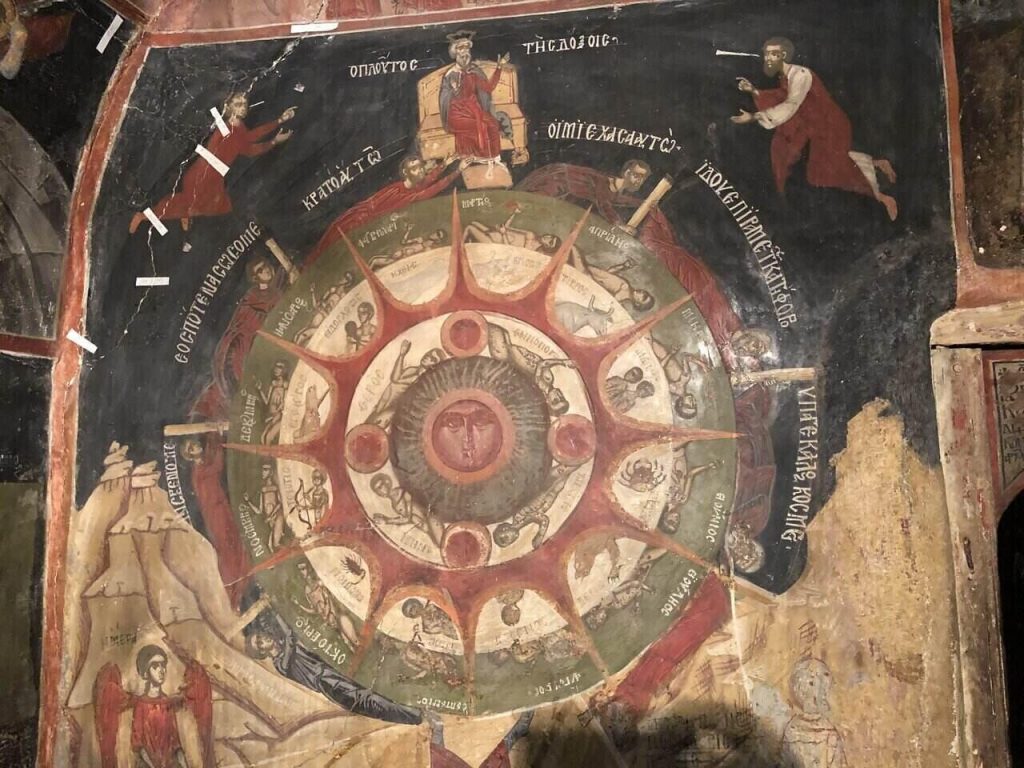
The Wheel of Life is a masterpiece where the inner ring, represents the four seasons and the outer ring depicts Life and Death and the various stages of life from the age of 4 onwards. The monastery has an underground chapel dedicated to St Andrew and the church of the Annunciation built above it. The bells in the seven bell belfry were apparently donated by Russian Tsar Alexander 11 as a gesture fo the Bulgarian help during the Russian Turkish war.
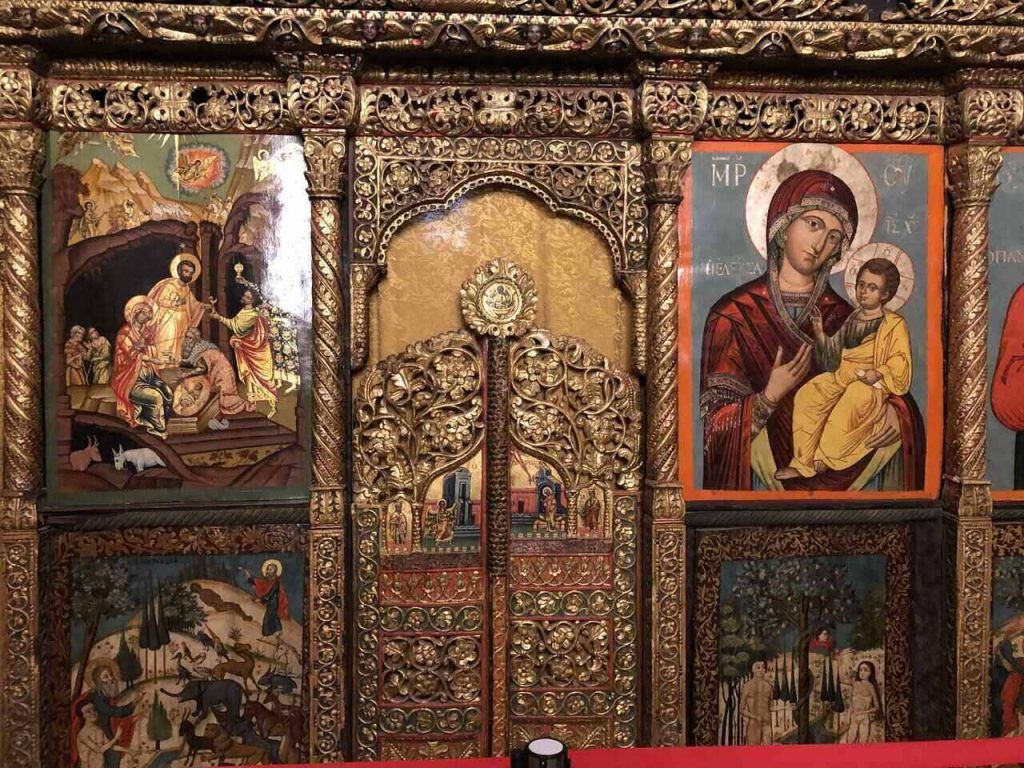
We continued onwards to Arbanasi, which was breathtaking and charming at the same time. Arbanasi was once a hub of merchants and even today, you can see the sprawling houses here with the traditional architectural style with fortified stone walls to protect them from the Turkish bandits. It was believed that the town was known for goldsmiths and craftsmen and even weavers, while it was filled with vineyards. At one time there were over 1000 houses here, but now there are over 80 houses here that it feels like being in an open-air museum.

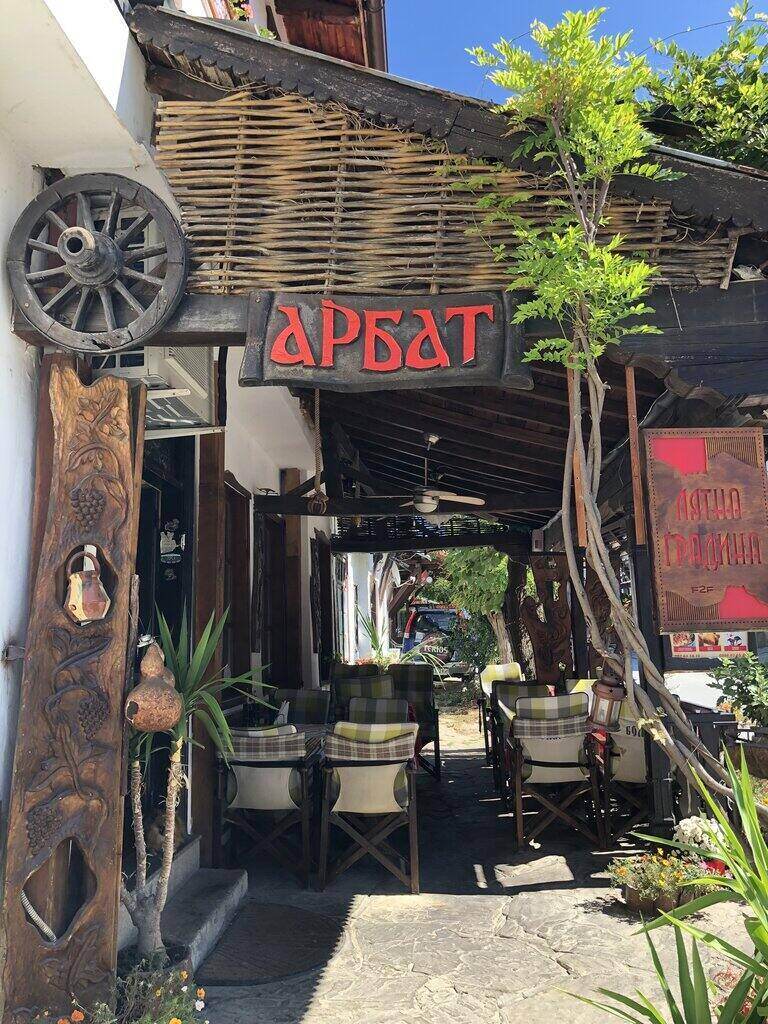
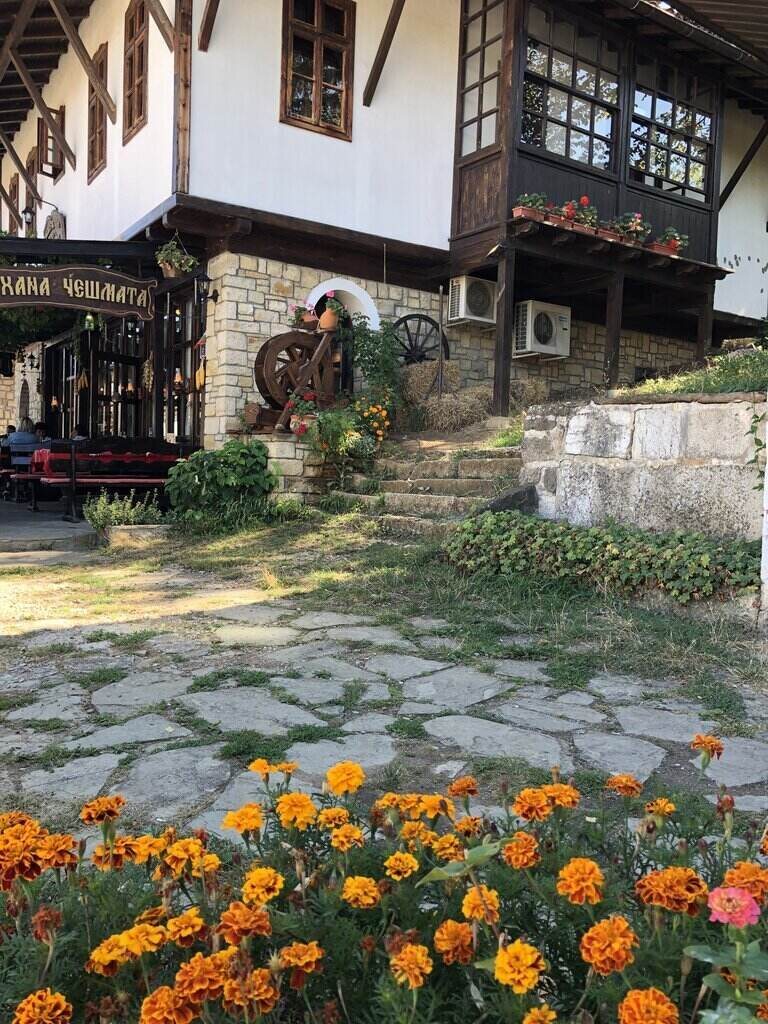
However, if you feel like heading to a museum, then one of the old houses which belonged to a wealthy merchant has been converted into a museum called the Kostantsaliev House Museum. The two-storey home built in the 17th century is made of timber and stone and is open to visitors only by appointment. There is also the Arbanasi Palace, a hotel;. which was the former home of the Bulgarian President, Todor Zhivkov.
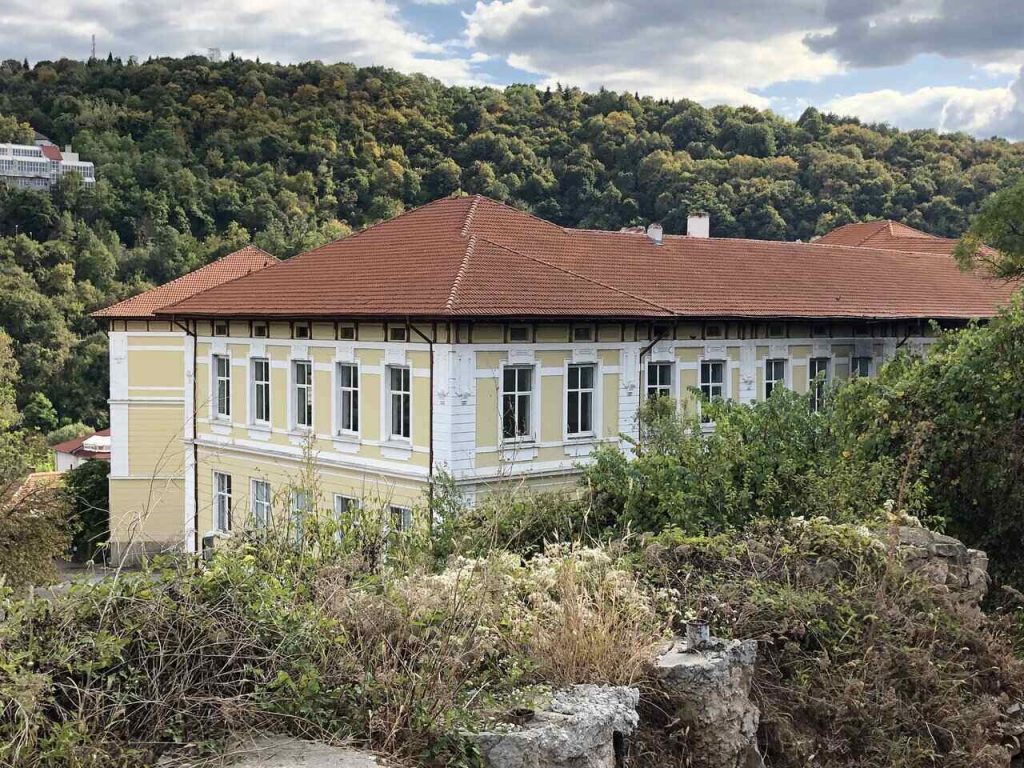
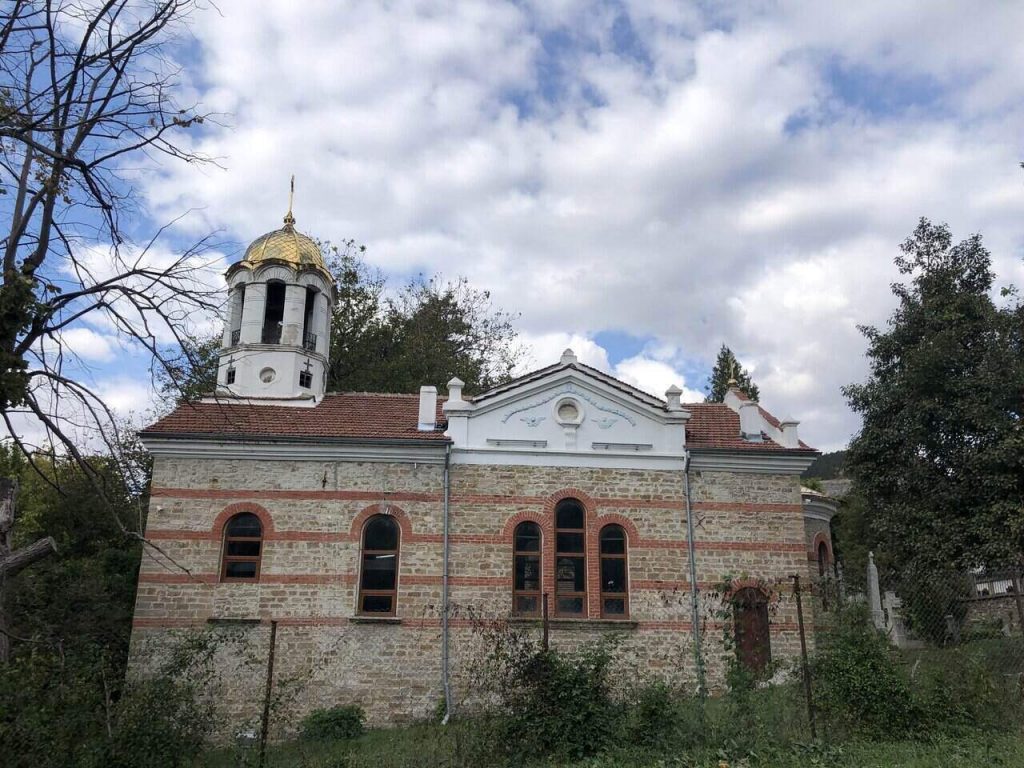
The charming town with its cobbled lanes and charming houses is also filled with several churches and monasteries and one of the most ornate is the Church of the Nativity of Christ. Besides the Arbanasi Monastery and the Monastery of Saint Nicholas, the other prominent churches include the Church of the Archangels. Michael and Gabriel which is one of the largest churches. Others include the Church dedicated to Saint Athanasius, Saint George and Saint Demetrius. A typical Bulgaria itinerary should include a visit to Arbanasi besides just Veliko Tarnovo.
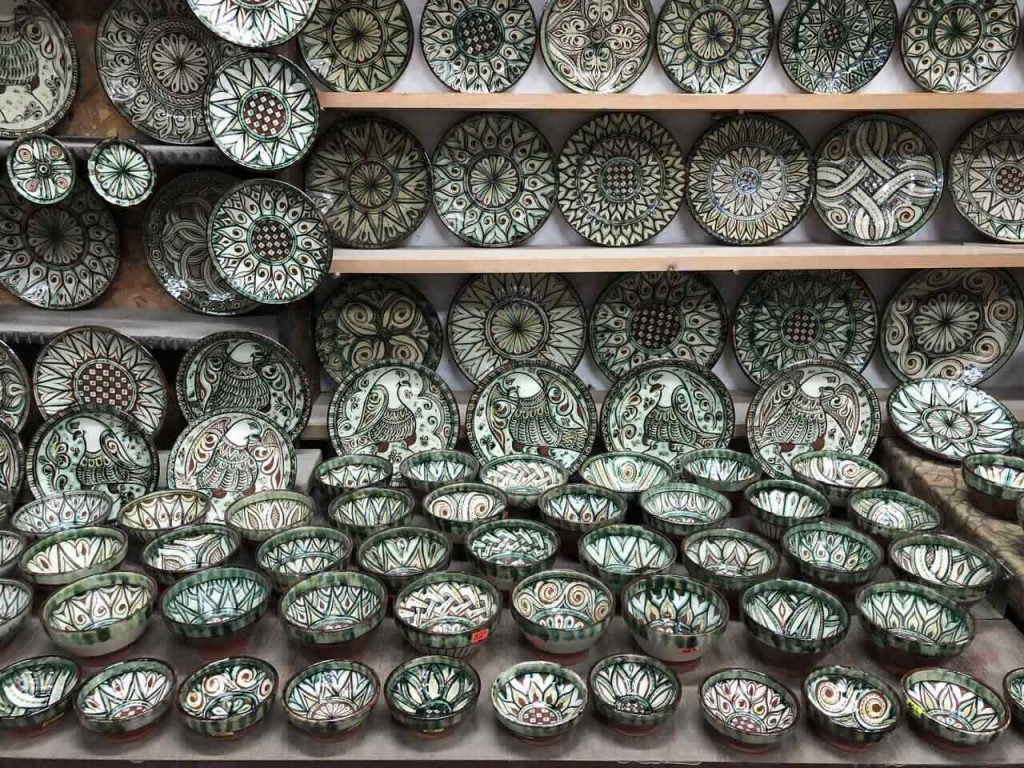
We had lunch in one of the quaint inns and then headed to another charming town, located along with the River Yantra, at the foot of the Balkans. Gabrovo is known for the Bulgarian National Revival Architecture and the Etar Ethnographic Open Air Museum near Gabrovo is a colorful experience. But Gabrovo, which is also known for its theatres, particularly in satire and humour is also one of the longest towns in Bulgaria. Gabrovo is known for its craftsmanship and it became a prominent settlement. As a hub for trade and merchants, Gabrovo is referred to as a “big workshop” and is one of the reasons why you need to visit Bulgaria

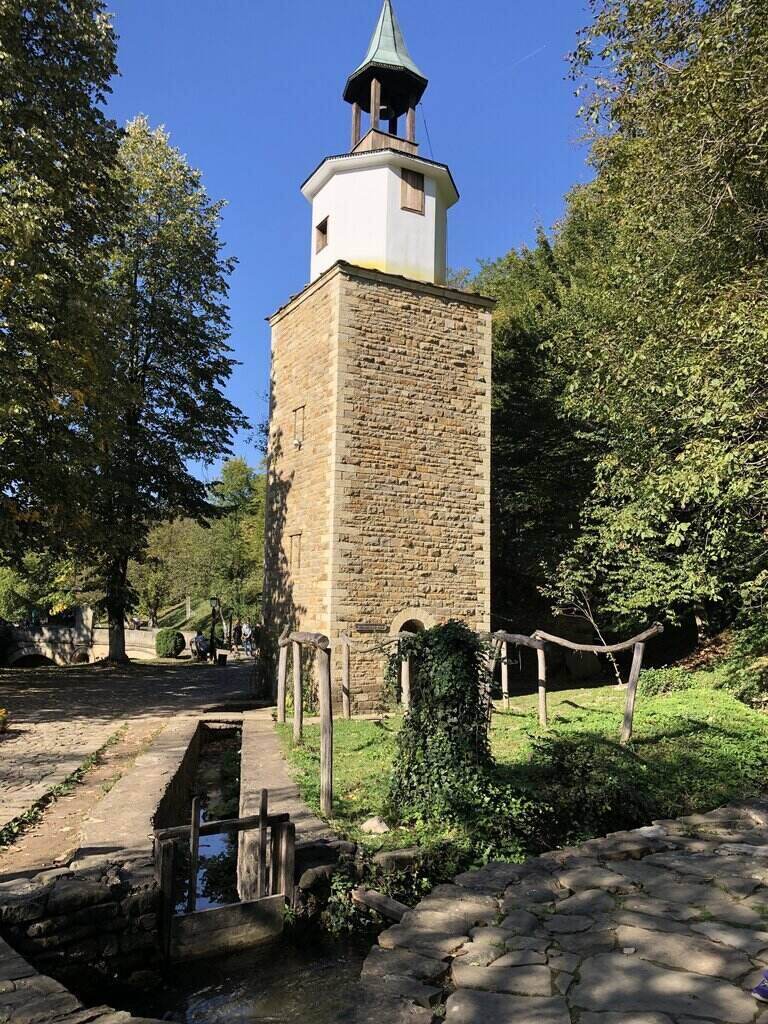
We didn’t however go to any theatre but we went to Etar. Open Air museums give you a peek into the old customs and craftsmanship of Bulgarians and the Over 50 shops display the various traditions of the Bulgarians and they are housed in typical Bulgarian revival houses. Painted in shades of peaches and blue, one of the old homes even has 21 windows.
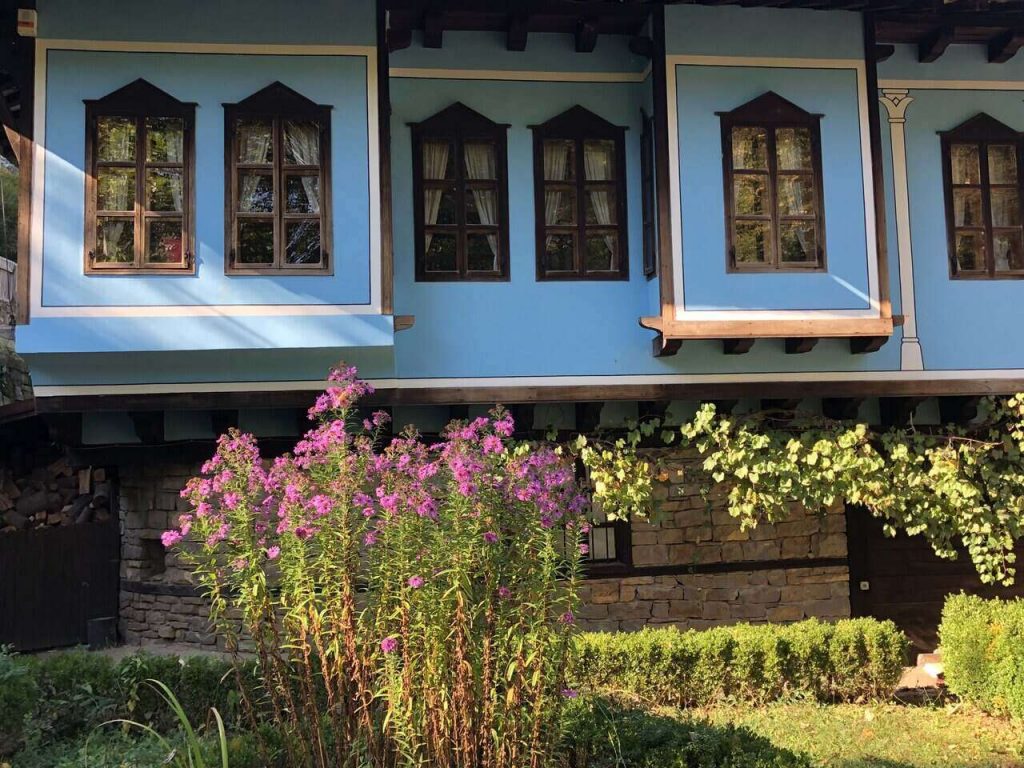
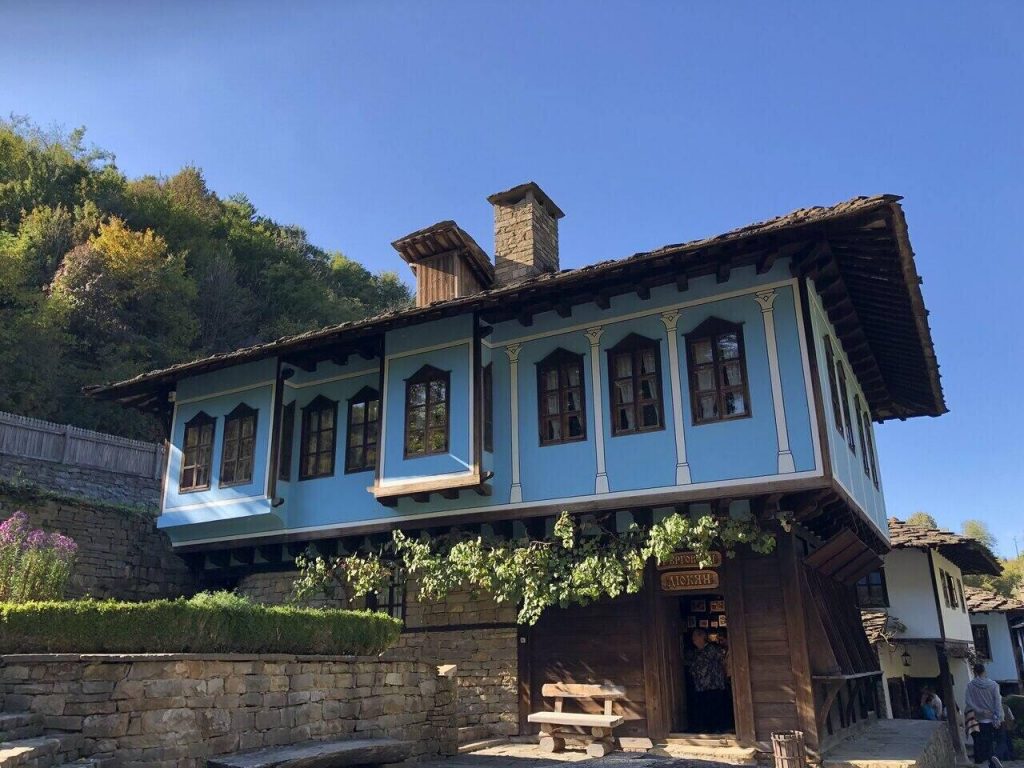
According to a legend, Gabrovo was founded by a blacksmith and probably that is why you see all craftsmen and women here. You can meet the bakers, the woodcarvers, the carpenters, cobblers, potters, jewelers among other craftsmen. An 18th-century watermill is another attraction and a gushing stream flows through the complex. From buying souvenirs to tasting local cuisine, the open-air museum gives you a glimpse of Bulgaria.

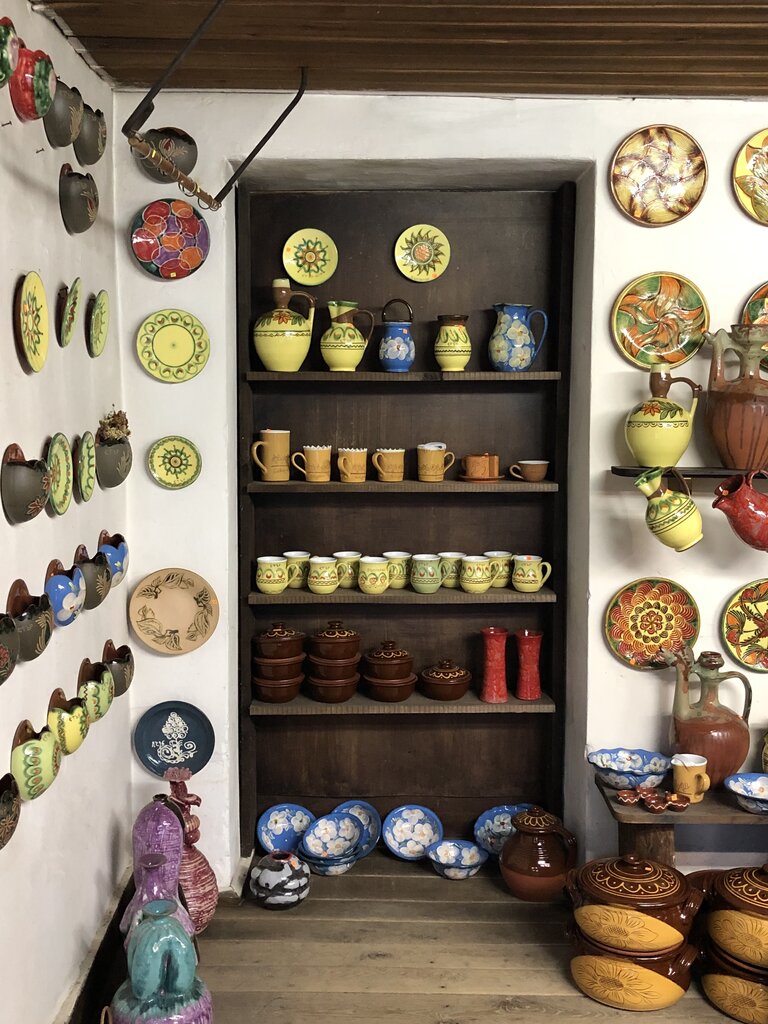
There are so many hidden pockets and offbeat places to see near Veliko Tarnovo, Arbanasi and Gabrovo, but it was time for us to return to Varna and visit the Historical Park and explore more towns like Nessebar. And the journey goes on..

